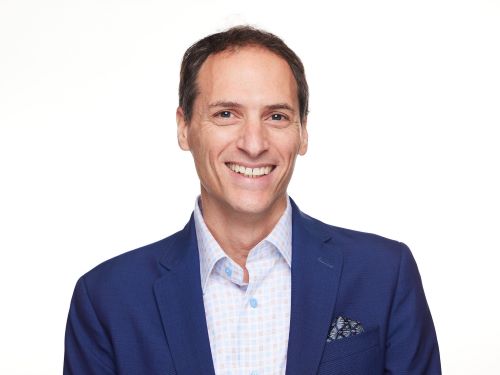National Pulse: Stifling Speech
Bates identified three key factors from the Supreme Court decisions in Summum and Walker: (1) whether the medium historically has been used to communicate government messages; (2) whether the public reasonably interpreted the government as the speaker; and (3) whether the government has editorial control over the speech.
Bates determined that the last two factors cut in favor of a finding of government speech. He reasoned the public would view the art competition as government speech and explained that the government retained final editorial control over what art pieces could be displayed.
Chemerinsky, who was co-counsel for Pulphus and Clay, saw it differently. “Congress created a forum for private speech,” he says. “It said that it would post students’ artwork. The artwork was not created by the government and the government was not expressing a message. It was a forum for private speech. The student’s artwork was taken down solely because government officials disliked the viewpoint expressed. That violates the First Amendment.”
Leslie Gielow Jacobs, a professor at the McGeorge School of Law at the University of the Pacific who has written on the doctrine, disagrees, even though she terms the politically motivated removal of the artwork as troubling.
“If this were a true art competition, with final quality judgments made by art experts bound by professional standards of excellence, then the removal of this painting after it was deemed to meet the criteria would be unconstitutional, targeted viewpoint discrimination,” she explains. Jacobs says that the art submissions instead represent the “collective image or identity of the House of Representatives” and thus fall within government speech.
Chemerinsky says the case will be appealed.
On March 29, a three-judge panel of the 4th U.S. Circuit Court of Appeals at Richmond, Virginia, unanimously ruled in Vista-Graphics Inc. v. Virginia Department of Transportation that state officials did not have to display informational guides for tourists from a private company.
The panel wrote: “We easily conclude that the plaintiffs’ guides displayed at rest areas operated by the commonwealth constitute government speech.” In other words, the government could pick and choose which brochures were made available for tourists to pick up on its property.
The appeals court focused on the fact that the rest areas are operated by the state and are located on public highways. Because of this, the panel wrote that the public would view informational guides as endorsed by the state.
Jacobs believes the 4th Circuit also reached the correct decision under Supreme Court precedent. “The scope of the Vista-Graphics program is literature offered at ‘information centers’ located within rest areas and welcome centers operated by the Virginia Department of Transportation,” she notes. “The literature-distribution program is commissioned government speech because the Virginia Department of Transportation affirmatively uses the meaning of the literature that it accepts into the program to fulfill a statutory and regulatory mandate to provide information for the traveling public.”
The doctrine’s future
In the congressional artwork case, Judge Bates recognized the uncertain nature of the government speech doctrine, writing: “The government speech doctrine is still evolving, and it is not entirely clear how courts should distinguish between nonpublic forums and government speech.”
Norton explains that government officials should be able to assert the government speech doctrine when government “initially authorized the communication and that onlookers understood the speech to be the government’s speech at the time of its eventual delivery.”
Experts predict the government speech doctrine will continue to be asserted. “I think we are likely to see more of these sorts of controversies due to changes in expressive technology that greatly enhance such opportunities for interaction and collaboration through the government’s growing use of blogs, social media platforms, virtual worlds and other online platforms,” Norton says.
Jacobs agrees. “Areas where government speech claims will arise are transit advertising, government entity websites, various types of moneymaking ‘sponsorship’ and advertising arrangements,” she says. That includes “street banners, ads on city recycling bins, and ads on the sides of school buses.”
Write a letter to the editor, share a story tip or update, or report an error.


